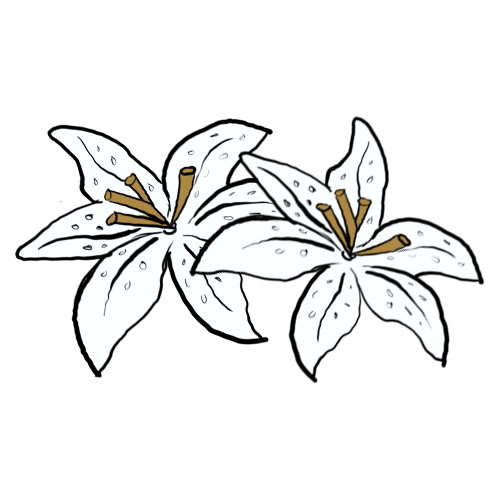Blue Tea
The deep, sapphire colored tea is known all around The Courtlands, and why would it not be, as it is favored even by the Queen of The High Court? Some would argue that calling the beverage brewed from this plant a tea is technically not right, as instead of the leaves, the flowers are used, but the drink is kept in high regard nevertheless. For the reasons only known to the Arafina family and their Arafina Tea Company, the Blue Tea only grows in the area of Tea Garden Hills. Efforts to grow it elsewhere have been made, but so far they have not been successful.
Properties
Material Characteristics
Blue Tea is a type of evergreen plant that, if let to grow freely, will grow into a small tree, but is usually kept under 2 metres tall, as the taste of the tea starts to usually suffer after that. The Blue Tea plants produce flowers to times a year, with the summer flowers being the sweeter ones, while the winter ones tend to be a few shades deeper in colour. These flowers are gathered, dried and then used in a blend to create the famous Blue Tea drink.
History & Usage
Everyday use
Most common use of the Blue Tea plant is to add the dried flowers to a tea blend. This is a very popular brewed drink, not only because of the sweet taste and aesthetic looks, but because it is associated with the royalty.
The flowers can be used in alcoholic beverages, The Sapphire Liquor being one of the examples. They are also used in potions, and are believed to have medical properties.
Byproducts & Sideproducts
Blue Tea Flowers have been used to create a deep blue dye known as the Gwenivar Blue, that can be used to dye fabric. It is very popular among the nobles, however, only small amounts have been created and thus, the dye is still very expensive. Which might be one reason to why it is so popular among the rich.
Type
Organic
Odor
Very fragrant
Taste
Sweet
Color
Naturally indigo, though a more azure and purple varieties have been cultivated.


Comments